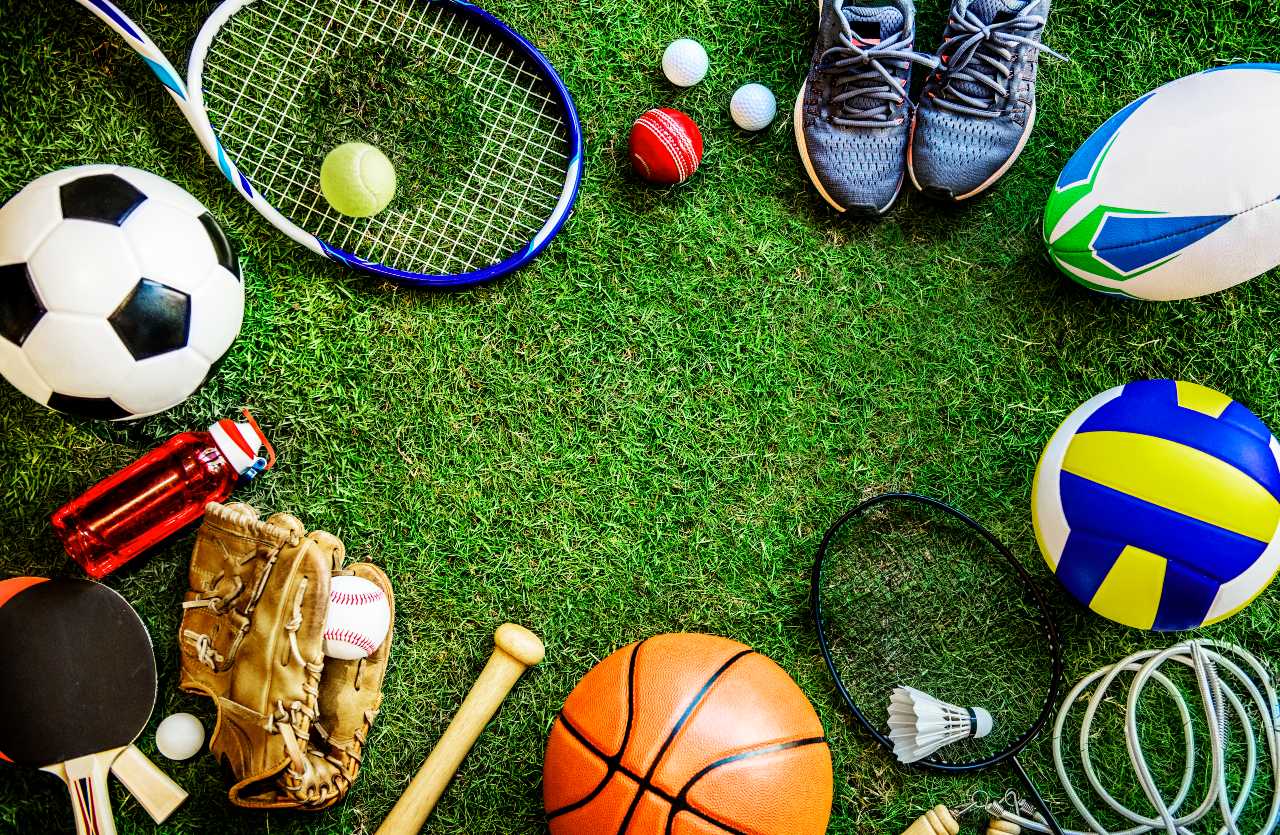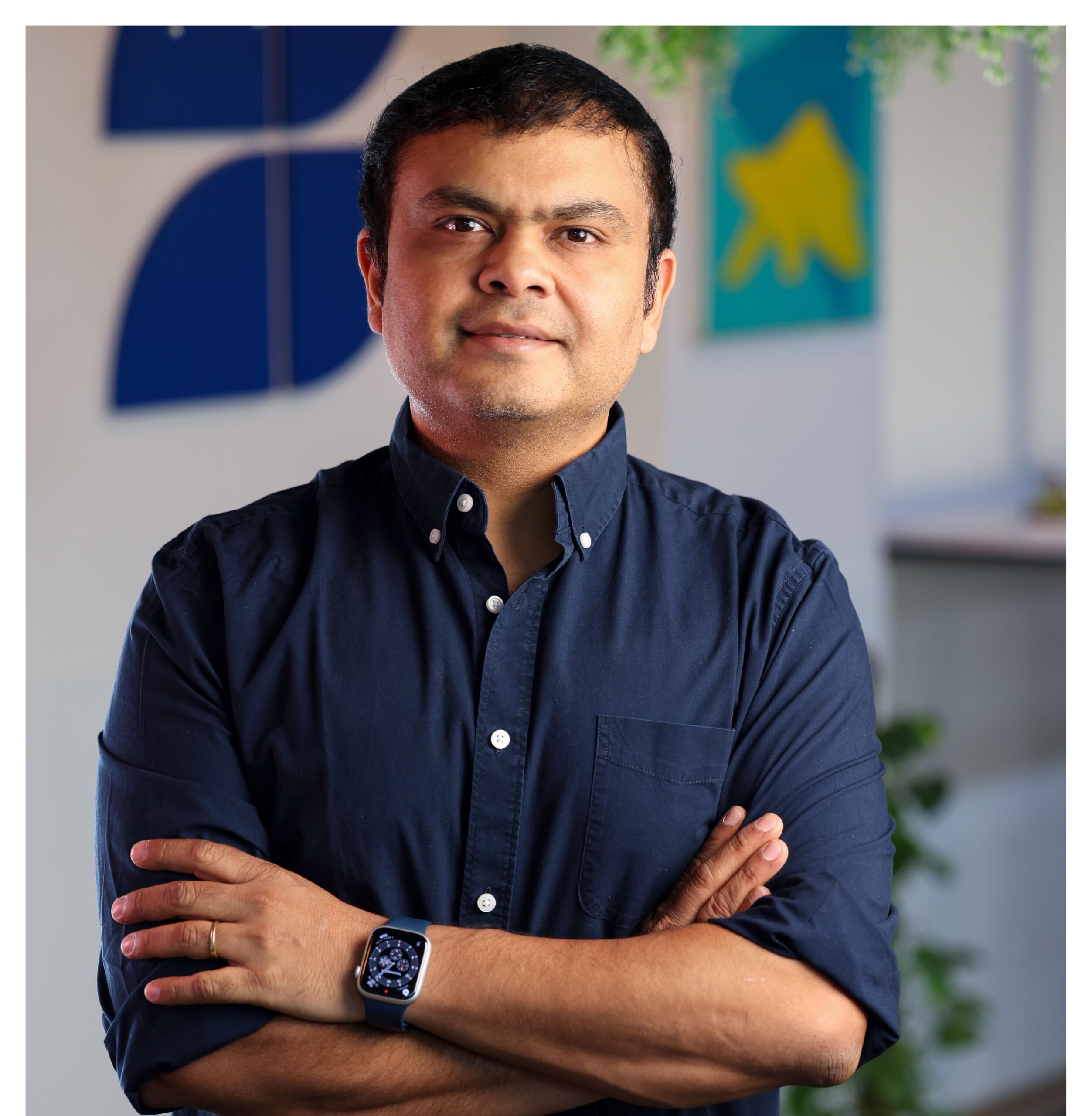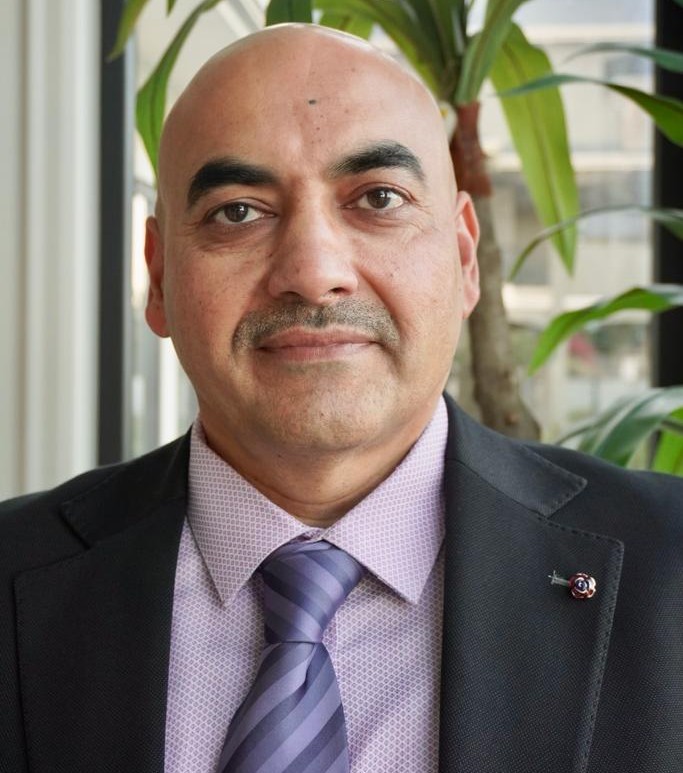By Khushboo Awasthi, Co-founder of Mantra4Change, and Parminder Gill, Head of Sportz Village Foundation
Green trees, modest buildings, and a line of children going “KHO!”
That is the familiar scene at government schools across India. Beneath the shade of neem and tamarind, barefoot children sprint, crouch, and tag in one of the oldest team games known to the subcontinent: Kho Kho. For them, no expensive kit is required, no manicured turf or electronic scoreboard, just a courtyard, chalk lines, and the will to play.
The timing could not be more apt. Earlier this year, Delhi hosted the inaugural Kho Kho World Cup, a landmark that gave this centuries-old sport an international platform. Long overshadowed by cricket’s dominance, indigenous sports like Kho Kho and Kabaddi are now fighting their way back into the national imagination. They are not just games of nostalgia; they are living, breathing testaments to India’s cultural heritage, with a place in every community and classroom. And while these sports are practised across schools and academies of every kind, government schools remain among their most natural strongholds, incubating talent and keeping traditions alive at scale.
In many such schools, sport is not a neatly timetabled “period.” It is an everyday instinct. In a system still grappling with teacher shortage, physical education instructors are a luxury and structured play is scarce. Yet children invent play regardless. Where cricket bats and boundary ropes are absent, they turn to what they know: a quick dash in Kho Kho, a fierce wrestle in Kabaddi, a nimble climb in Mallakhamb. These games endure not because of elaborate infrastructure, but because of memory, community, and resilience.
Consider the story of Anushka Rawat. Her journey as a kabaddi player is extraordinary. Not only because of her success at the sub-junior, senior, and SGFI state levels, but also because of the barriers she has overcome. Raised in a conservative village on a modest farming income of just six thousand rupees a month, Anushka faced resistance for daring to pursue sport as a young girl. Yet, thanks to the steady support of her family, and the encouragement of local coaches, she continues to challenge stereotypes and push boundaries.
Encouraging indigenous sports today is not only about preserving heritage. It is also about investing in the social and emotional well-being of children everywhere. Studies have established that team-based, physical games build empathy, reduce aggression, foster cooperation, and serve as vital tools for conflict resolution, precisely the kind of socio-emotional learning that anchors peaceful societies. In communities marked by hardship or marginalisation, these games take on added significance, offering children structured ways to release stress, negotiate rules, and build trust. For them, sport is more than recreation; it is a rehearsal for coexistence and belonging. Unknown to them, it is an opportunity to build essential skills and prepare for the future.
This aligns seamlessly with the 2025 National Sports Day theme, “Sport to Promote Peaceful Societies.” Some of today’s finest athletes in Kabaddi and Kho Kho are products of such grassroots beginnings. They rose from dusty schoolyards and local tournaments to national stadia, becoming ambassadors for sports that had long been dismissed as rural pastimes. Their journeys remind us that the next generation of champions is just as likely to emerge from a government school courtyard as from an elite academy.
Opina Bhilar’s story is a case in point. Hailing from Biliamba village in Dang district, Gujarat, she completed her early schooling there before advancing to a sports academy. Despite facing adversity, including a serious ACL injury, she persevered and was part of the Indian women’s team that clinched the inaugural Kho Kho World Cup in Delhi in January 2025. Her village school, often the only educational backbone for many rural children, has nurtured several national-level Kho Kho players. Opina’s success underscores how even modest local institutions can be crucibles for sporting excellence and, more importantly, engines of social empowerment.
India’s history with indigenous sports runs deep. Ancient texts mention forms of tag and wrestling; akhadas once doubled as centres for physical and moral training. In fact, Kabaddi dates back over 4,000 years, originally played to train warriors in breath control and agility. Kho Kho, rooted in Maharashtra, evolved as a game of speed, strategy, and teamwork, reflecting the rhythms of agrarian life. These games are woven into the subcontinent’s cultural fabric… fast, frugal, and fiercely collective.
If India is serious about expanding its sporting culture beyond cricket, it must embrace its indigenous games as part of a broader sporting vision. The 1 million government schools, with their reach and accessibility, will be central to this effort. They are not only the vibrant spaces where these sports matter, but they are also among the most vital incubators ensuring that these traditions endure and offer enriching learning experiences. Different actors, government, civil society, and communities, need to recognise the value and invest in public schools to bring this to shape. It is not just a question of equity; it is a question of preserving a uniquely Indian legacy of play, one that teaches children not just how to compete, but facilitates their learning, confidence, well-being, and aspirations. After all, the children under those green trees, shouting “Kho!”, are not only keeping a game alive, they are keeping alive a history, a culture, and a future of possibility.



